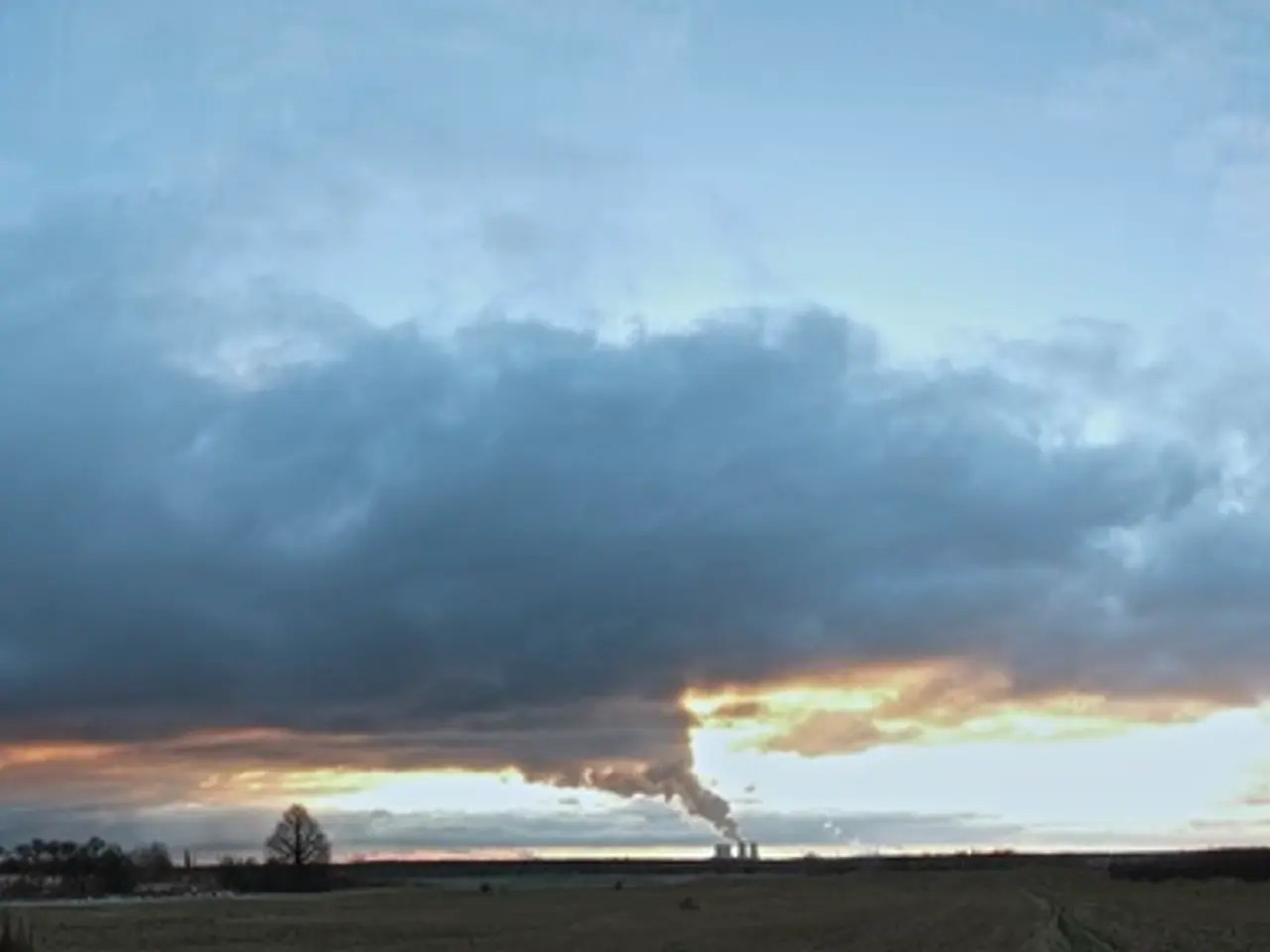Multiple Extreme Heat Events Verified: Over 3,000 Temperature Records Shattered in Late June 2025
In June 2025, North America and Europe experienced an unprecedented heatwave that shattered over 3,000 temperature records. This extreme weather event, characterised by a high-pressure system known as a heat dome, led to heat emergencies, power outages, transportation disruptions, and hundreds of heat-related illnesses.
The heatwave in North America was particularly notable, with cities such as Baltimore, MD, Newark, NJ, Springfield, OH, Boston, MA, New York City, Philadelphia, Washington, D.C., and Bumfield Lake, MA, recording their highest-ever June temperatures. Europe too, faced soaring temperatures, with Spain, Portugal, and Italy experiencing temperatures above 100°F, and wildfires in Turkey and France.
The NOAA National Centers for Environmental Information (NCEI) provides detailed monthly and annual global surface temperature analyses, including long-term trends, regional breakdowns, and historical context based on 176 years of instrumental records. These analyses show that the record-breaking heat waves in North America and Europe in June 2025 were influenced by a combination of natural climate variability and global warming.
Global warming plays a significant role in these events by increasing the baseline temperature of the Earth's atmosphere. This, in turn, amplifies the intensity and duration of heatwaves. Warmer air can hold more moisture, leading to more severe heat when trapped under high-pressure systems, such as heat domes.
The heat dome over Europe in June and July 2025, for instance, trapped hot air, leading to extreme heatwaves. These systems can persist for extended periods, exacerbating drought conditions and contributing to wildfires. While natural climate variability can contribute to the formation of heat domes, global warming is a key factor in their increased frequency and severity.
Scientists attribute the increased frequency and intensity of such heatwaves to global warming. Comprehensive analyses by NOAA, NASA, and the IPCC show a clear upward trend in global average temperatures and the frequency of extreme heat events, consistent with human-driven climate change.
The IPCC Sixth Assessment Report (2022) states that rapid, large-scale emission reductions can still slow warming and reduce risks to ecosystems and human societies. The UN Secretary-General has urged for immediate action to combat climate change, stating "Now is the time to mobilise, now is the time to act, now is the time to deliver."
Failure to act decisively will lead to irreversible damage, including loss of biodiversity, food and water insecurity, displacement, and increased mortality, disproportionately affecting vulnerable populations worldwide. The 3,000+ temperature records broken across North America in June 2025 represent a continent-wide, unprecedented event confirmed by multiple independent meteorological agencies and scientific institutions.
However, it is important to note that the existence of past heatwaves does not invalidate current records; rather, it highlights that climate variability has always existed, but the recent increase in extremes is both statistically significant and unprecedented in the instrumental record.
While some have questioned the data on recent record-breaking temperatures, the World Meteorological Organization and climatologists often describe these extreme heat events as a "silent killer" due to their potential health impacts. The UN Secretary-General, António Guterres, has repeatedly called the latest climate reports a "code red for humanity," emphasising that while the window to limit warming to 1.5°C is closing, it is still scientifically possible to avoid the worst impacts if decisive and immediate action is taken.
Moreover, economic and technological analyses show that renewable energy, energy efficiency, and sustainable land use are increasingly viable and cost-effective, making rapid decarbonization feasible. This offers a glimmer of hope in the fight against climate change, a fight that is increasingly urgent as record-breaking heatwaves continue to sweep across our planet.
- The extreme heatwave in North America and Europe in June 2025, characterized by a heat dome, was influenced by a combination of natural climate variability and global warming, which significantly amplifies the intensity and duration of heatwaves.
- The record-breaking heatwaves, including the 3,000+ temperature records broken across North America, represent a continent-wide, unprecedented event that underscores the need for immediate action against climate change, as the recent increase in extremes is both statistically significant and historically unparalleled in the instrumental record.







